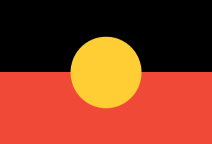You want more customers for your business and so far, word of mouth is how you’ve grown. But you now want to step it up a notch.
You now need to think past your product and deeply consider two things:
- What is the problem your product/service is solving for your customer?
- How will your product/service help them to get to their destination?
For example, fast food companies solve the consumer’s problem of needing food quickly and reliably.
The consumer then arrives at the destination of being satisfied and with time to have fun.
Insurance companies solve the problem replacing a client’s car or house after an accident.
They help customers reach a destination of peace of mind and no inconvenience (whether it’s true or not, this is the advertising message).
Don’t copy what others do. Your service/product is unique. Analyse your three best market groups, find out why they need you, and design your marketing campaign around that.
People to help you:
- Marketing company
- Communications company
- People with experience of a target industry
- Your customer.
A small to medium sized business has an edge over larger organisations because usually your customer is right in front of you.
Take advantage of this. Talk with your customer and tell them ideas that you have for your business. Take their feedback on board.
David Byatt, marketing director with Moshi Moshi Marketing, says you’ll always get gold from the customer. “Anything you ask your customer directly is market information in its purest possible form,” he explains.
“You might come up with an idea and it will be a customer that will suggest other things that may make your idea even better.” If you’re doing a rebrand, ask your customers what they think?
Byatt recommends that your business only target two or three market groups. Any more and your message will be diluted, and competitors with a clearer message will get past you.
So, before you start, here’s some pointers:
- Market analysis: This is essential for all businesses. Find out your customer. Who is the decision maker? Why are they buying a certain product/service? Where are they trying to get to?
- Demographic: Look at your customers and find out how they live. What do they do? How do they travel? Where do they go?
- Media type: Mass media, social media, and digital is another way to connect with customers, and it all comes down using creativity and understanding who your market is. What media do they use? For example, if you discover that your main market is mothers, then a good place for you to have your brand is at kids’ sports, school fetes or other places where mothers are likely to be with their children.
- Plan: All the above information helps you to know your consumers’ lifestyle. Use this lifestyle as the basis of your structured marketing plan. Design your campaign to assure customers that you can provide a product or service that solves their problem and gets to the destination they’re trying to reach.
Pricing
Marketing should not be a cost, but rather part of an income stream that provides a return for your business.
Your message needs to be in front of your market to get the best return on investment.
Byatt believes if you don’t spend at least $500 a month on marketing, then you are not doing enough to communicate your products and services to potential customers.
But he explains the cost is unique to every business, because what each business needs, and the market, is different.
Location of your customer, and media type will also change the marketing budget.






